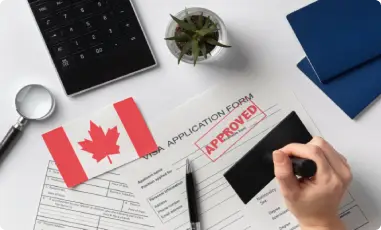Why EB‑5 Retrogression in 2025 Makes Rural & TEA Investments a Smart Move
Introduction: Retrogression Is Real—But Strategic Investors Still Have a Path Forward
The EB‑5 investor residency program remains one of the most powerful tools for obtaining U.S. permanent residency through investment. But as of 2025, retrogression—visa backlogs caused by oversubscription—is creating longer wait times for high-demand countries like India and China.
Here’s the critical insight: investing in rural or Targeted Employment Areas (TEAs) can give you access to visa set-asides with faster processing and reduced backlog risk. If you're applying from a retrogressed country, this isn't just beneficial—it may be essential.
What Is EB‑5 Retrogression—and Why It Matters More in 2025
Every year, around 10,000 EB‑5 visas are available, with no more than 7% allocated per country under the default quota system. When demand exceeds that cap, applicants are subject to retrogression, meaning they must wait until their priority date becomes current.
In 2025:
- India’s EB‑5 unreserved category final action date has retrogressed by six months (now May 1, 2019).
- China’s remains stuck at January 22, 2014.
- Other countries remain current but face growing demand.
This situation is why strategic investors are pivoting toward set-aside categories—specifically Rural and TEA investments—which offer a path around the bottleneck.
Why Rural and TEA Projects Are the Smart Play in 2025
Under the EB‑5 Reform and Integrity Act of 2022, three visa set-aside categories were introduced:
- 20% for Rural areas
- 10% for High-unemployment (TEA) areas
- 2% for Infrastructure projects
These categories offer reserved visa slots, meaning they are not subject to the same country cap or retrogression timeline as the general unreserved pool.
Benefits of Rural/TEA Investments:
- Faster adjudication by USCIS under set-aside prioritization
- Separate visa allotments, helping bypass country-based retrogression
- Higher approval trends for pre-vetted regional center projects
- Lower competition—for now—compared to the oversaturated unreserved pool
If you’re from India or China—or applying later in the year—investing in a qualified rural EB‑5 project may be the only way to avoid multi-year delays.
2025 Demand Snapshot: The Clock Is Ticking
According to recent data, over 5,400 of the 10,000 EB‑5 visas have already been issued in FY2025 as of Q2. Reserved categories, particularly rural projects, remain underutilized but are seeing increased interest.
Given this, here’s what it means in practical terms:
If you're from a retrogressed country, the rural or TEA pathway isn’t just strategic—it may be your only near-term path.
What Investors Should Do Now
Step 1: Prioritize Set-Aside Projects
Work with your advisor to identify projects in USCIS-qualified rural or high-unemployment areas.
Step 2: Move Quickly
Set-aside visas are limited—and once claimed, they’re gone until the next fiscal cycle.
Step 3: File Your I‑526 ASAP
Priority dates are assigned based on your I‑526E petition filing. Filing early secures your place in line for both the visa and USCIS review.













.jpg)
.jpg)
